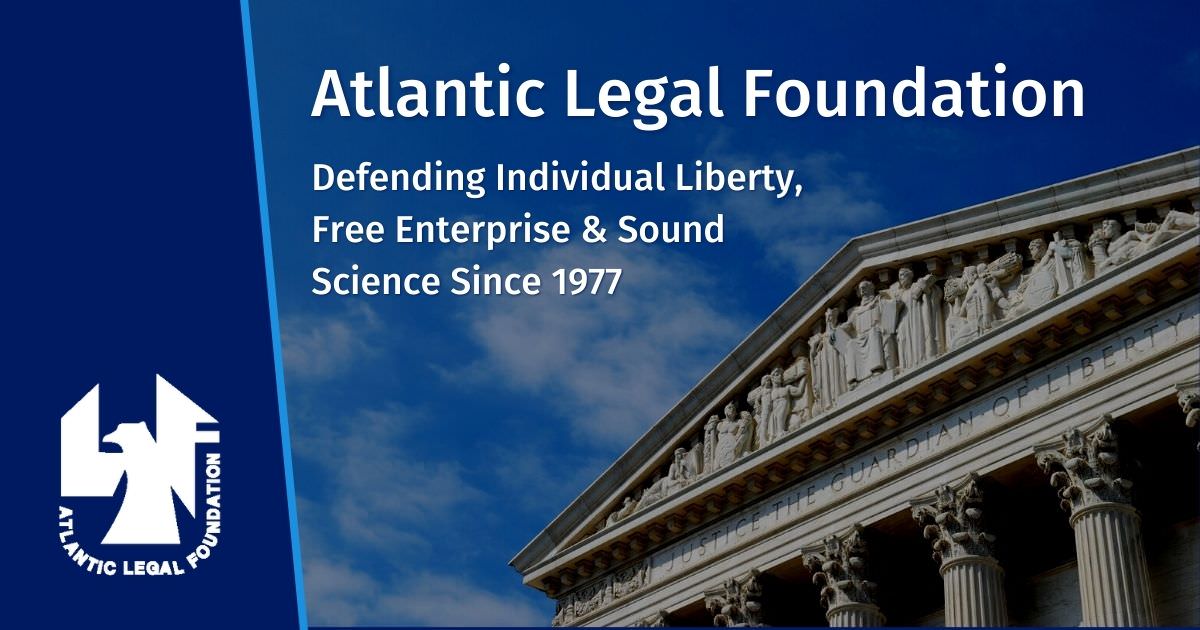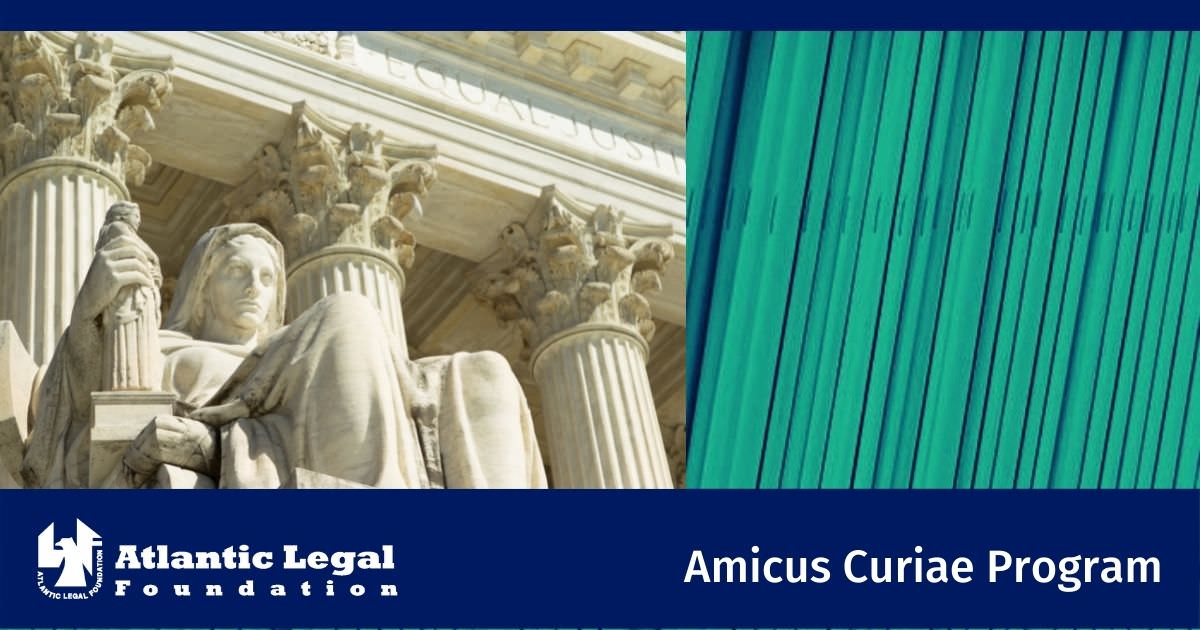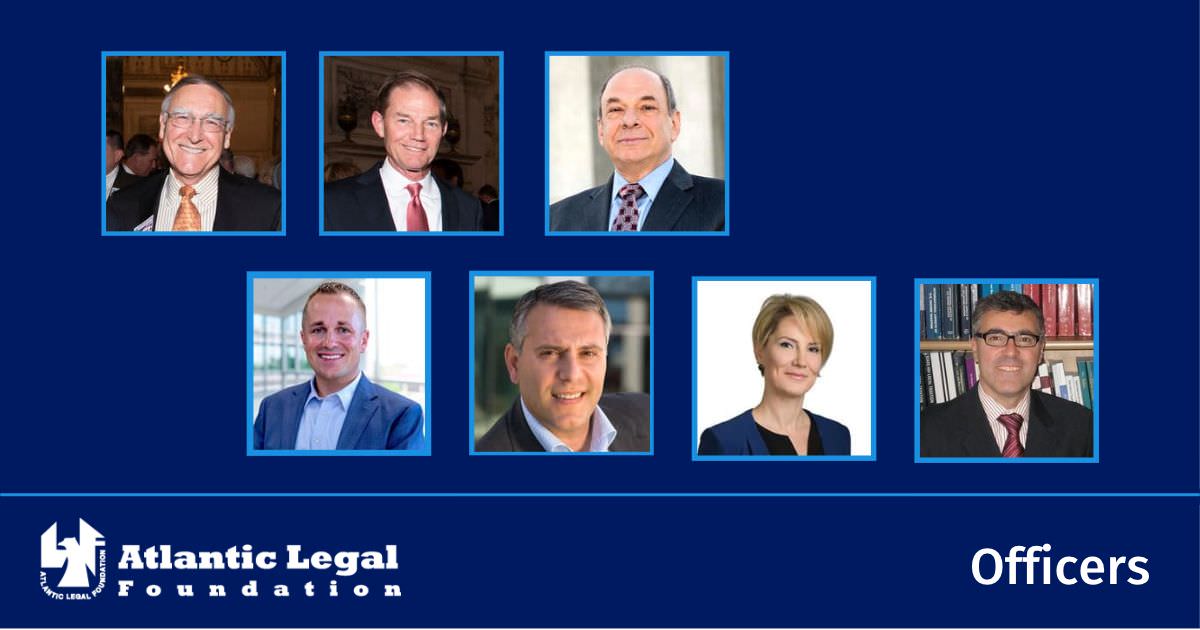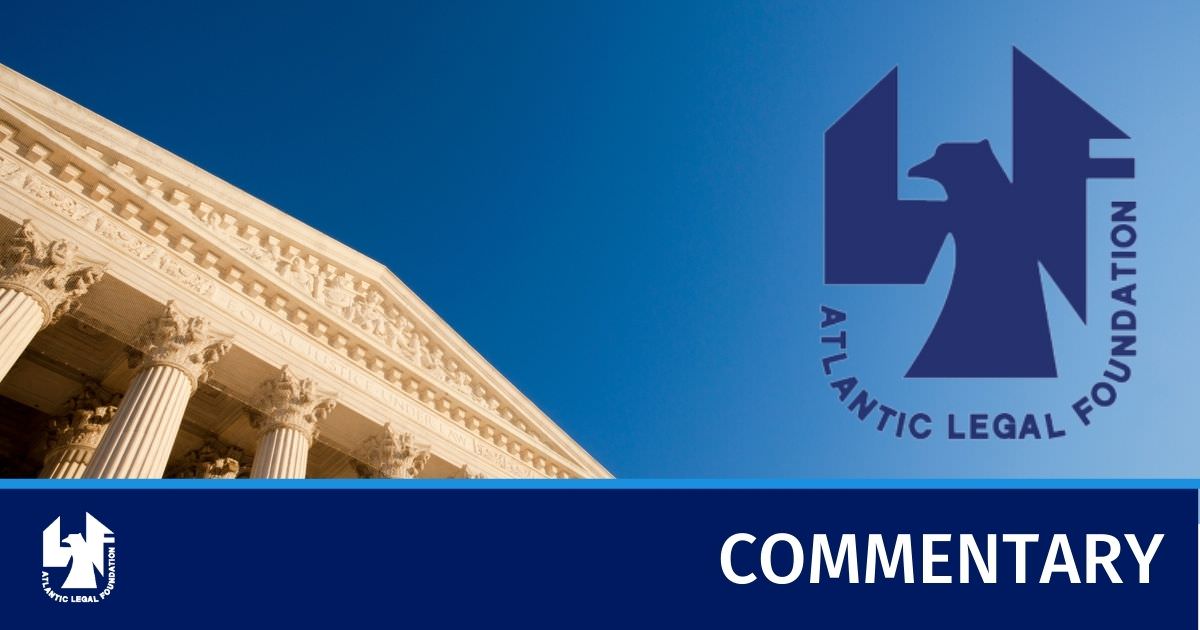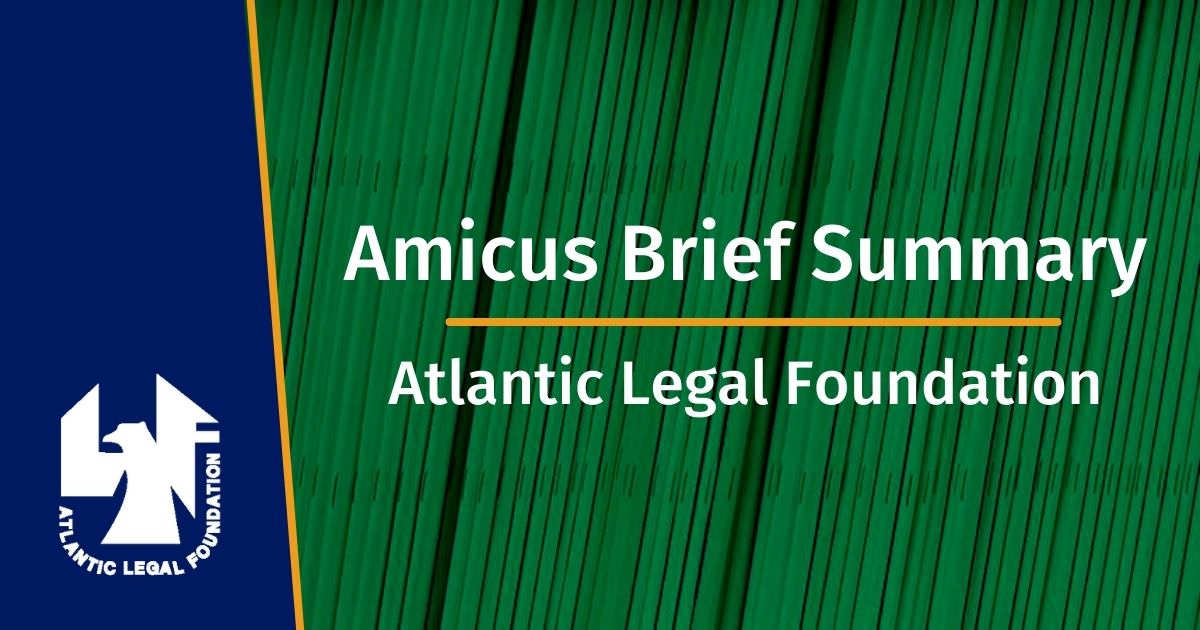
A single case report does not prove toxicological causation
Decedent worked in construction for 45 years and was exposed to many products containing asbestos from many companies, including the defendant’s, Union Carbide, chrysotile product, before he died of mesothelioma. At issue is the expert testimony of the plaintiff which asserts that chrysotile asbestos, not tremolite asbestos, exposure was a substantial cause of the decedent’s fatal illness. This expert did not offer evidence of the frequency of the decedent’s exposure to the defendant’s product, but his lung biopsy revealed he had been exposed to very high concentrations of amphibole asbestos fibers. Amphibole and tremolite asbestos are generally accepted as far more carcinogenic than the chrysotile used in the defendant’s product. Most experts disagree that chrysotile has been shown to cause mesothelioma. The trial jury found for the plaintiff.
The appeals court affirmed, holding that: “There need not be testimony specifically linking the defendant’s product in isolation to the plaintiff’s increased risk of developing cancer.” Despite this lack of proven causation, the Court allowed the plaintiff’s expert theory of “cumulative exposure” to go before the jury, which the Court decided could properly weigh this so-called “scientific evidence.”
Issue Areas:
Sound Science
Case:
Strickland v. Union Carbide (California Supreme Court) (letter)
Read the Amicus Brief:

Question(s) Presented:
Whether untestable conjecture, based on a single unconfirmed case, that does not conform to basic principles of science and toxicology should be admissible to the jury, especially when its “findings” are contradicted by official government studies and disinterested investigators.
Additional Background:
Even under the “liberal” Daubert tests (Daubert v. Merrell Dow Pharmaceuticals, 509 U.S. 579 (1993), Dr. Hammar’s testimony is deficient because (1) his hypothesis has not been tested; (2) it has not, as far as the record shows, been published in peer reviewed journals, (3) it seems to have been formulated for purposes of litigation, (4) it is not generally accepted, (5) there has been no attempt to calculate an error rate.
The differences in carcinogenic potency for mesothelioma causation between the major commercial asbestos types has been known and generally accepted since at least 1965. Among workers with high exposure to chrysotile, small numbers, or even zero, mesothelioma cases were generally reported. J. C. Gilson, Wyers Memorial Lecture 1965, Health Hazards of Asbestos, Recent Studies on its Biological Effects, 16 Trans. Soc. Occup. Med. 62 (2006). Hodgson and Darnton estimated the mesothelioma causing potency of chrysotile, amosite, and crocidolite as 1:100:500, meaning amosite and crocidolite are, respectively, 100 and 500 times more potent in causing mesothelioma than chrysotile. J. T. Hodgson and A. Darnton, The Quantitative Risks of Mesothelioma and Lung Cancer in Relation to Asbestos Exposure, 44 Ann. Occup. Hyg. 565 (2000) (“Hodgson and Darnton 2000”). In a later paper, Hodgson, et al. showed that amphibole asbestos types (amosite and crocidolite) explain the mesothelioma distribution and that chrysotile has zero incidence, indicating that chrysotile is unlikely to be responsible for any of the mesothelioma cases in the cohort they studied. J. T. Hodgson, D. M. McElvenny, A. J. Darnton, M. J. Price and J. Peto, The Expected Burden of Mesothelioma Mortality in Great Britain from 2002 to 2050. 92 Brit. J. Cancer 587, at 590, Fig 5A (2005).
In order for an opinion on causation to be reliable, it must be premised on three criteria, each of which depends on a dose-response relationship:
First, the expert should analyze whether the disease can be related to chemical exposure by a biologically plausible theory. Second, the expert should examine if the plaintiff was exposed to the chemical in a manner that can lead to absorption into the body. Third, the expert should offer an opinion as to whether the dose to which the plaintiff was exposed is sufficient to cause the disease.
- D. Goldstein & M. S. Henifin, “Reference Guide on Toxicology,” Reference Manual on Scientific Evidence 661 (Fed. Judicial Center 3d ed. 2011) ( “Toxicology Guide”).
The issue, the Rutherford Court explained, is whether, “[t]aking into account the length, frequency, proximity and intensity of exposure . . . [and] any other potential causes to which the disease could be attributed, and perhaps other factors affecting the assessment of comparative risk, should inhalation of fibers from the particular product be deemed a ‘substantial factor’ in causing the cancer?” (Rutherford v. Owens-Illinois Inc., 16 Ca1.4th at 975.). Moreover, a jury must be instructed that an exposure to asbestos “is deemed to be a substantial factor in bringing about the injury if its contribution to the plaintiff or decedent’s risk or probability of developing cancer was substantial.” Id. at 977.
ALF’s Amicus Brief:
In a letter to the Chief Justice and Associate Justices of the California Supreme Court ALF argues that the courts below vacated their gatekeeping role by not excluding evidence that is clearly invalid and unreliable. In relying on isolated case reports to support his assertion of causation, Dr. Hammer’s testimony was not scientifically falsifiable. At most Dr. Hammer’s assertions should have been used to generate actual scientific studies that are testable and repeatable. His methodology ignores EPA “Guidelines for Carcinogen Risk Assessment” and general standards in the toxicology and scientific communities.
“Anecdotal reports can provide some information, but they are more useful as a stimulus for further inquiry [as Dr. Hammar himself suggested, 13 RT 2452-2454], not as a basis for establishing association. . . . Typically, the reports are obtained haphazardly or selectively, and the logic of “post hoc, ergo propter hoc” does not suffice to demonstrate that the first event causes the second. . . [A]necdotal reports are incometent as evidence of causation.”
ALF asks the California Supreme Court to affirm that it is the trial court’s responsibility to analyze the logic of an expert’s conclusion, not the persuasive or probative power of the conclusion.
Status:
Petition for review was denied on September 11, 2013
Date Originally Posted: August 15, 2013

